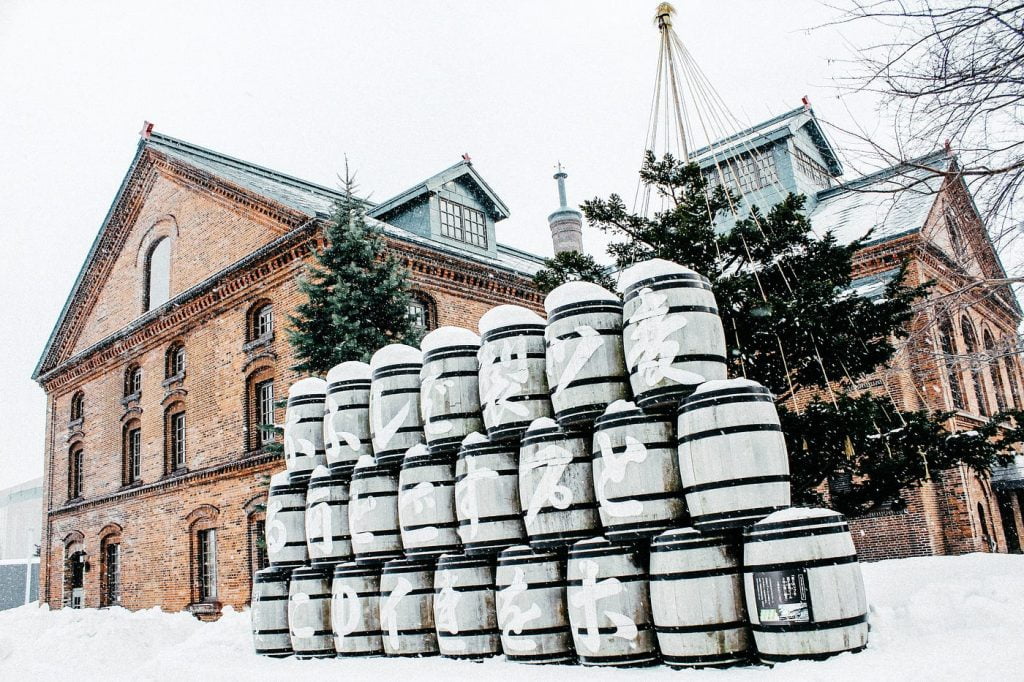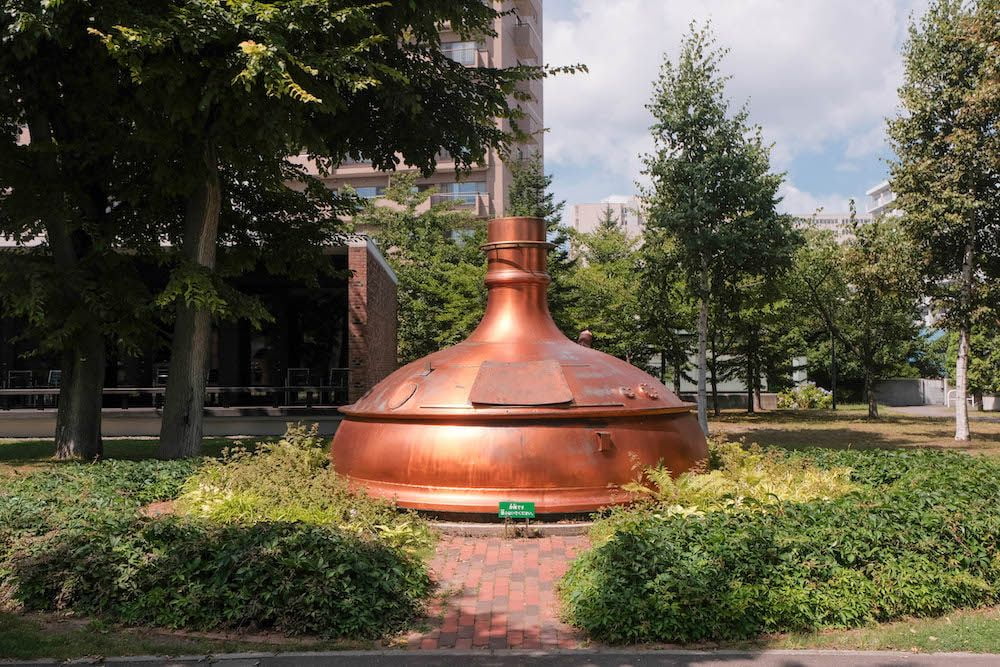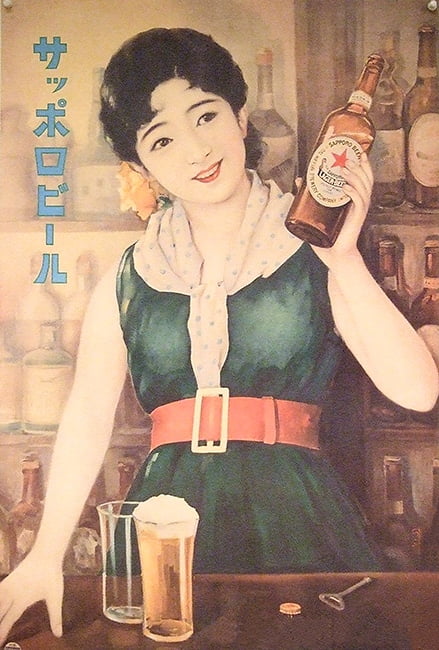The Genesis: Japan’s First Beer Brewery
Sapporo Beer holds the distinction of being Japan’s oldest beer brand, tracing its roots back to the late 19th century. The story begins in 1869 when the Meiji government, seeking to modernize and industrialize Japan, established the Kaitakushi (Development Commission) in Hokkaido. Part of this initiative was to introduce new industries, including beer brewing, to bolster the local economy and utilize the island’s rich agricultural resources.
Seibei Nakagawa: The Brewmaster Who Started It All
In 1876, Seibei Nakagawa, a young visionary, became Japan’s first brewmaster after studying brewing techniques in Germany. Upon returning to Japan, Nakagawa was tasked with setting up the country’s first beer brewery in Sapporo. Using the knowledge he acquired abroad, Nakagawa brewed Japan’s first lager beer, combining traditional German methods with the pure ingredients found in Hokkaido—namely, the region’s high-quality barley and water.
Establishing a Legacy: The Sapporo Brewery
The success of Nakagawa’s beer led to the formal establishment of the Sapporo Brewery in 1877. The brewery quickly gained a reputation for producing high-quality beer, characterized by a clean, crisp taste that appealed to both local and international palates. The brand adopted the iconic red star logo, symbolizing the pioneering spirit and the northern location of Hokkaido, which has become synonymous with Sapporo Beer.

Expansion and Innovation: Early 20th Century
As Japan embraced modernization, the Sapporo Brewery expanded its operations, becoming a cornerstone of Japan’s burgeoning beer industry. The early 20th century saw Sapporo Beer introducing various brewing innovations, such as refrigerated storage, which ensured the beer’s quality and consistency. This period also marked the brand’s initial forays into international markets, laying the groundwork for its future global presence.
The Challenges of War and Post-War Recovery
World War II brought significant challenges, including resource shortages and government regulations that curtailed production. However, Sapporo Brewery managed to navigate these difficulties, maintaining its operations and reputation. After the war, the brewery capitalized on Japan’s economic recovery, launching new products and expanding its market reach. The 1950s and 60s were a period of significant growth, during which Sapporo Beer solidified its status as a household name in Japan.

Going Global: The International Expansion
In the latter half of the 20th century, Sapporo Beer began to export its products worldwide, appealing to international consumers with its distinctive flavor and quality. The 1964 Tokyo Olympics played a pivotal role in introducing Japanese beer to the world, with Sapporo Beer leading the charge. The brand’s expansion into North America in the 1980s further cemented its global presence, making it one of the most recognized Japanese beer brands abroad.
Modern Era: Innovation and Sustainability
Today, Sapporo Beer continues to innovate while respecting its historical roots. The company has embraced new brewing technologies and sustainable practices, such as reducing water usage and lowering carbon emissions in its production processes. Sapporo Beer remains committed to using high-quality ingredients, including specially cultivated barley and hops, to maintain the distinctive taste that has defined the brand for over a century.
Cultural Impact: A Symbol of Japanese Brewing Excellence
Sapporo Beer is more than just a beverage; it’s a cultural icon in Japan. Often associated with social gatherings, festivals, and culinary experiences, Sapporo Beer has become an integral part of Japanese life. The brand’s longevity and commitment to quality have made it a symbol of Japan’s brewing heritage and a source of national pride. The Sapporo Beer Museum, located in the historic Sapporo Brewery building, offers visitors a glimpse into this rich history, showcasing vintage advertisements, brewing equipment, and, of course, tastings of their beloved brews.
